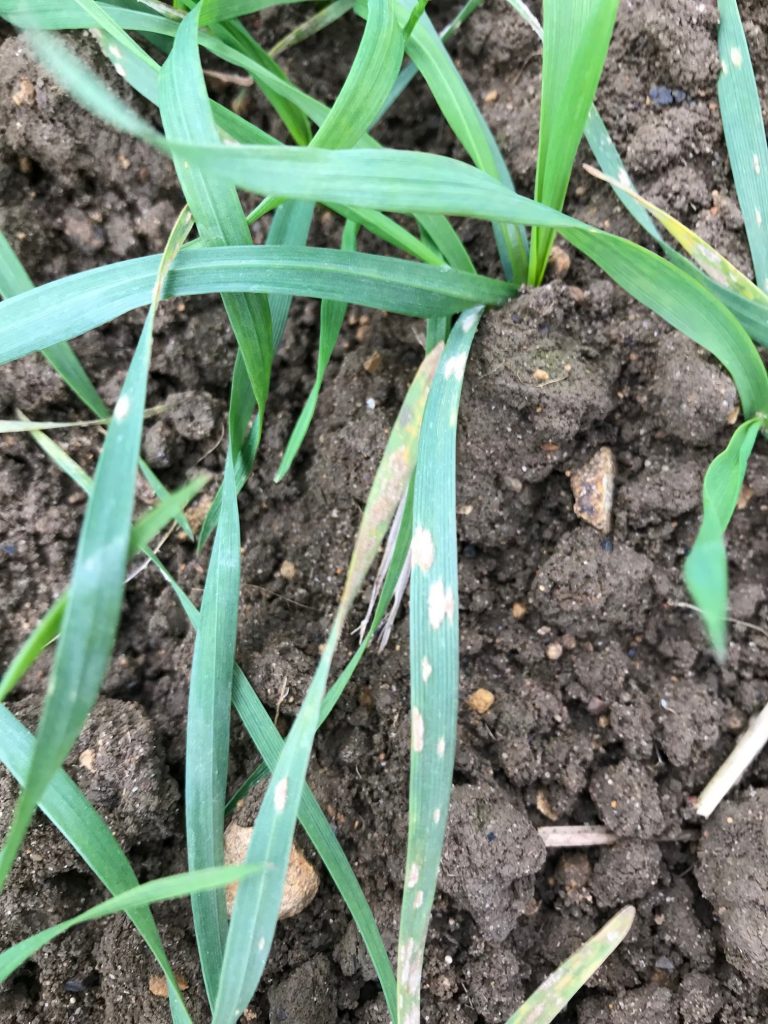Stay alert for disease pressure in cereal crops
23rd April 2018
Although cereal crops are behind the curve this season, it’s important to continue to monitor them over the next few weeks as disease pressure could build. “Daylight hours are increasing

Powdery mildew could become an issue as rapid growth starts.
Although cereal crops are behind the curve this season, it’s important to continue to monitor them over the next few weeks as disease pressure could build.
“Daylight hours are increasing and when temperatures rise over the next few weeks, photosynthesis will increase and rapid growth will occur,” explains Certis’ Technical Specialist, Laurence Power.
“This could create a perfect breeding ground for diseases such as Powdery mildew, Septoria and Eyespot,” he adds.
Mr Power explains that this issue could be further exacerbated by the fact that T0 timing has been missed in many parts of the country.
“Normally T0 applications would have occured by now. In parts of the country, such as Lincolnshire and the east, this has been virtually impossible due to the wet weather conditions.
“Many agronomists have suggested that T0 and T1 fungicide timings will be combined this year, which could mean a bigger spend for growers,” he says.
“I’d advise being critical about the products used. Applying the best products possible at good sensible rates will be vital to get robust coverage as crops grow rapidly.”
Careful monitoring will be essential to keep on top of growth stages and any disease pressure, says Mr Power.
“Pay closer attention to the crops that are at higher risk, for example early-drilled autumn cereals on lighter soils,” he warns.
“Walk the fields at least every seven days and dig up a sample of the crop. Look at the root structure and try to establish if they’re picking up enough moisture.
“Check the roots, stem and base of the plant for any disease, and if traces are present, follow up with a robust fungicide application.
“Ultimately, it’s hard to predict what the season will hold, but if we’re prepared to react to disease pressure when, or if it appears, crops will stand a better chance of thriving this season.”
